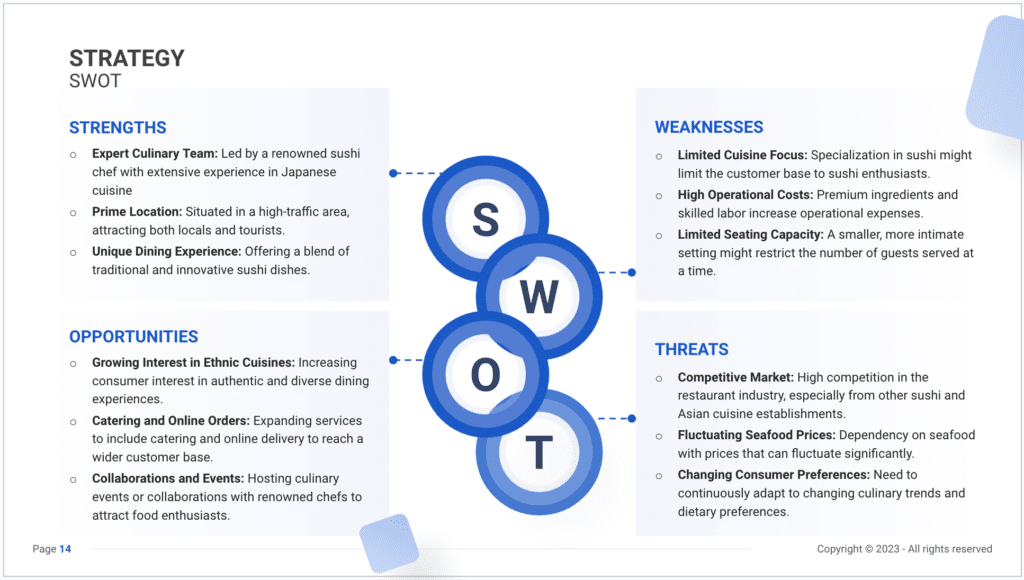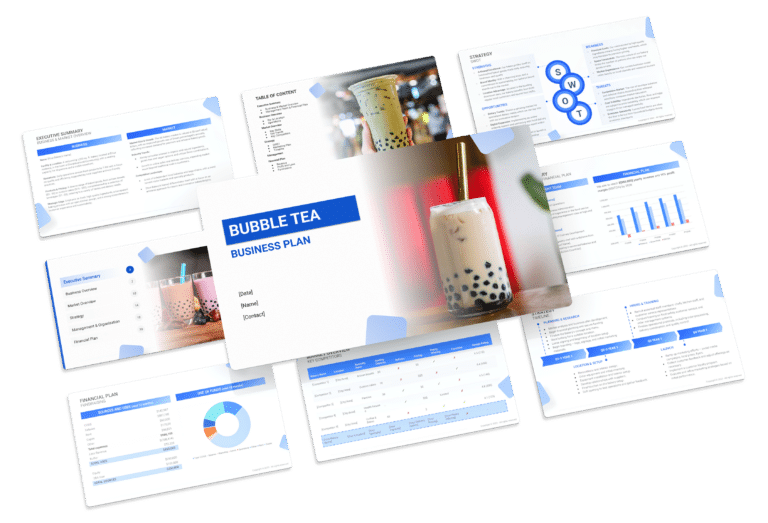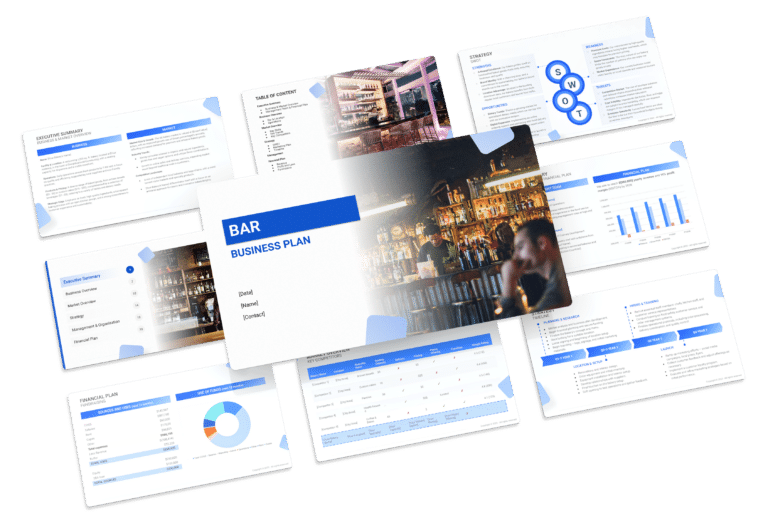How to Prepare a SWOT for a Sushi Restaurant (Example)

Preparing a business plan for a sushi restaurant necessitates a thorough SWOT analysis. Examining internal strengths and weaknesses, as well as external opportunities and threats, provides valuable insights.
This strategic framework allows restaurant owners to assess their market standing and pinpoint areas for potential growth. Strengths might include skilled sushi chefs and a diverse menu, while weaknesses could involve limited space or fluctuating fish prices.
This article will delve into diverse examples, guiding sushi restaurant proprietors in effectively incorporating these insights into their business plans.

Strengths
- Authentic Cuisine: Offering authentic Japanese sushi dishes prepared by skilled chefs can set your restaurant apart from competitors.
- Example: Your sushi restaurant can highlight its use of high-quality ingredients imported directly from Japan, ensuring an authentic dining experience for customers.
- Experienced Chef Team: A team of experienced sushi chefs can guarantee the highest quality sushi preparation.
- Example: Your head sushi chef has trained under renowned sushi masters, giving your restaurant a unique edge in terms of culinary expertise.
- Unique Menu: Introducing creative and unique sushi rolls can attract adventurous diners.
- Example: Your restaurant can feature a “Sushi Fusion” section on the menu, offering innovative sushi rolls that combine Japanese flavors with international influences.
- Loyal Customer Base: Building a loyal customer base through exceptional service and memorable dining experiences can lead to repeat business.
- Example: Implementing a customer loyalty program that rewards frequent diners with discounts or special promotions can further enhance customer retention.
- Prime Location: A strategic location in a high-traffic area or near popular attractions can increase foot traffic.
- Example: Your sushi restaurant is situated in the heart of a bustling downtown district, ensuring a steady flow of potential customers.
Weaknesses
- Limited Seating Capacity: A small dining area may restrict the number of customers you can serve at once.
- Example: During peak dining hours, your sushi restaurant may struggle to accommodate large groups, potentially leading to longer wait times.
- High Operating Costs: The cost of sourcing fresh ingredients and maintaining a sushi kitchen can be significant.
- Example: The need to source premium-quality seafood regularly can strain your operational budget.
- Staffing Challenges: Finding skilled sushi chefs can be a challenge, leading to potential staffing gaps.
- Example: If your head sushi chef decides to leave, it may be challenging to find a replacement with the same level of expertise.
Opportunities
- Online Ordering and Delivery: Offering online ordering and delivery services can tap into the growing demand for convenience.
- Example: Partnering with food delivery platforms like UberEats or DoorDash can expand your customer reach beyond dine-in patrons.
- Catering Services: Providing catering services for events and parties can be a lucrative revenue stream.
- Example: Your sushi restaurant can create specialized catering menus and packages for corporate events and private gatherings.
- Diversified Menu: Expanding your menu to include vegetarian, vegan, or gluten-free options can cater to a broader customer base.
- Example: Introducing a separate vegan sushi menu can attract health-conscious diners and those with dietary restrictions.
Threats
- Competition: The presence of other sushi restaurants in your area can pose a threat to your customer base.
- Example: A new sushi restaurant with aggressive marketing strategies opens nearby, diverting potential customers.
- Economic Downturn: Economic downturns can impact consumers’ dining-out habits and discretionary spending.
- Example: During a recession, diners may opt for more affordable dining options, affecting your restaurant’s revenue.
- Health and Safety Regulations: Stringent health and safety regulations can disrupt restaurant operations.
- Example: A sudden health inspection results in temporary closure due to violations, leading to revenue loss.





